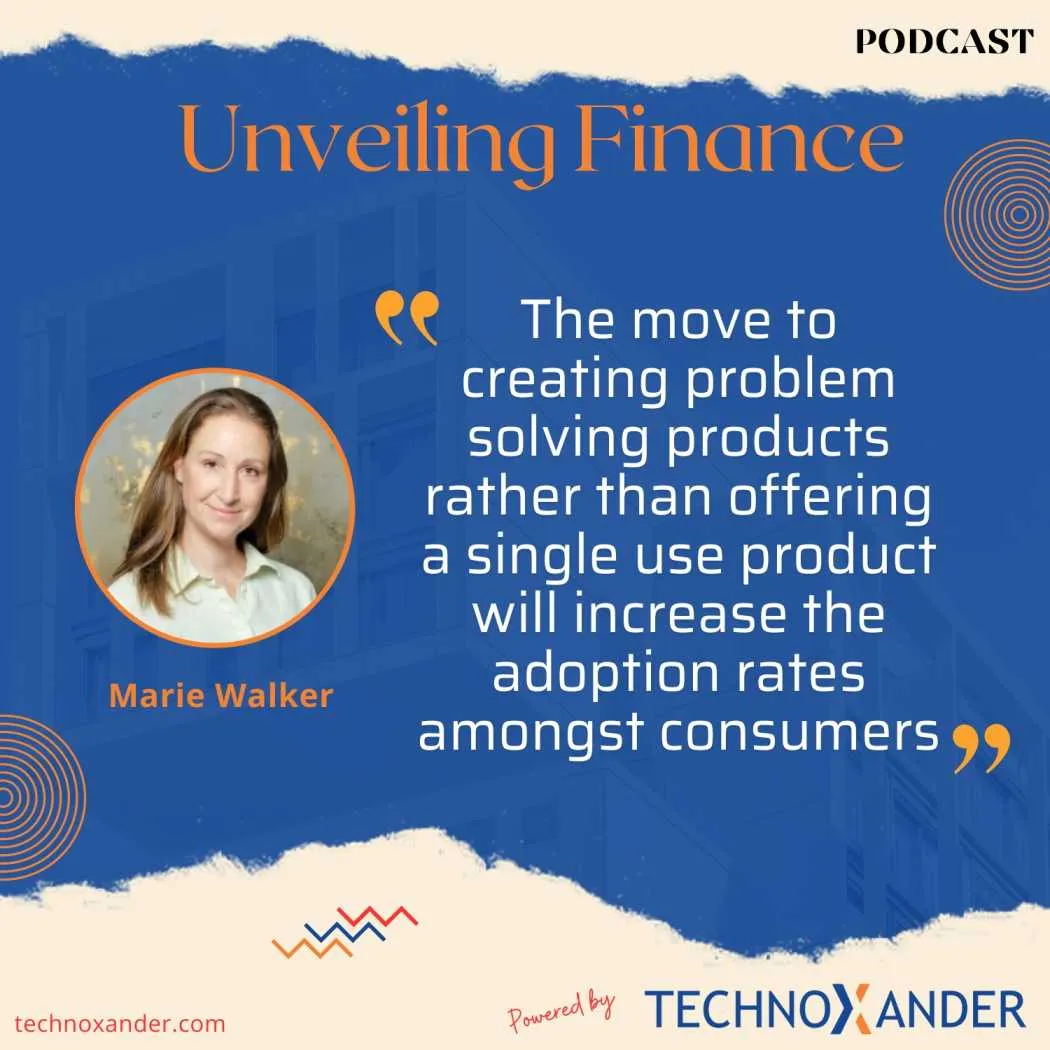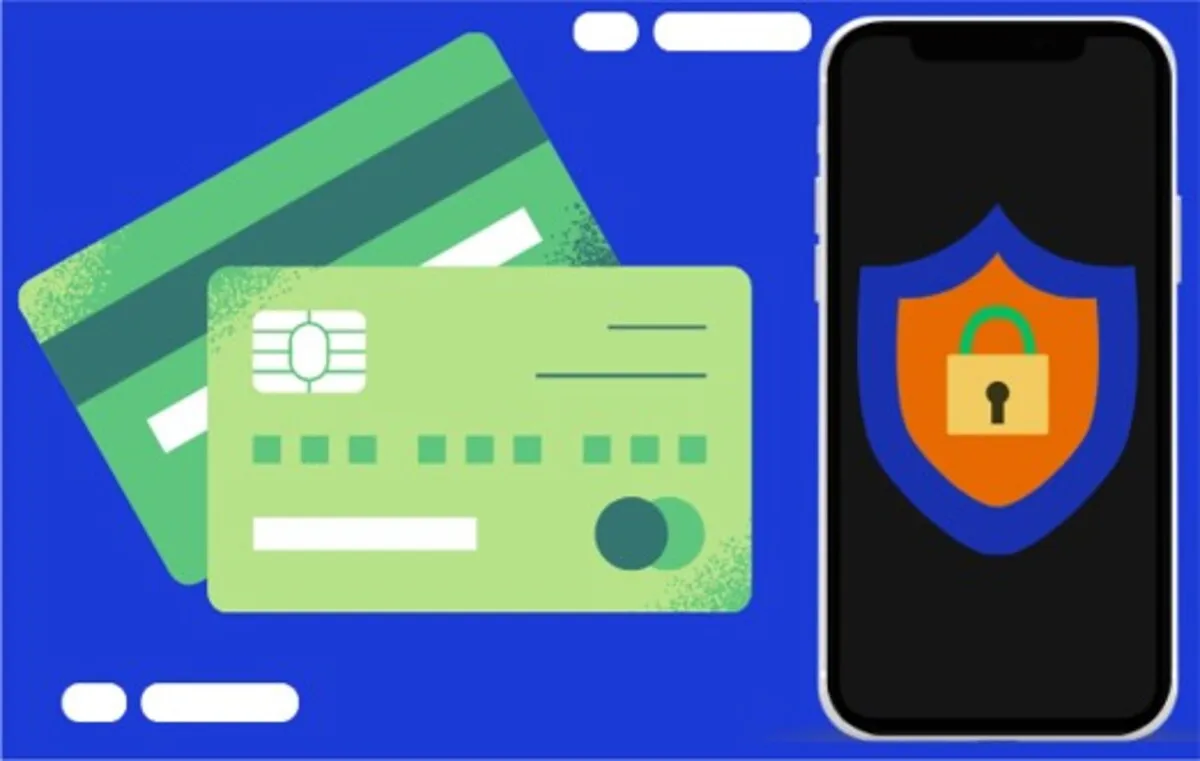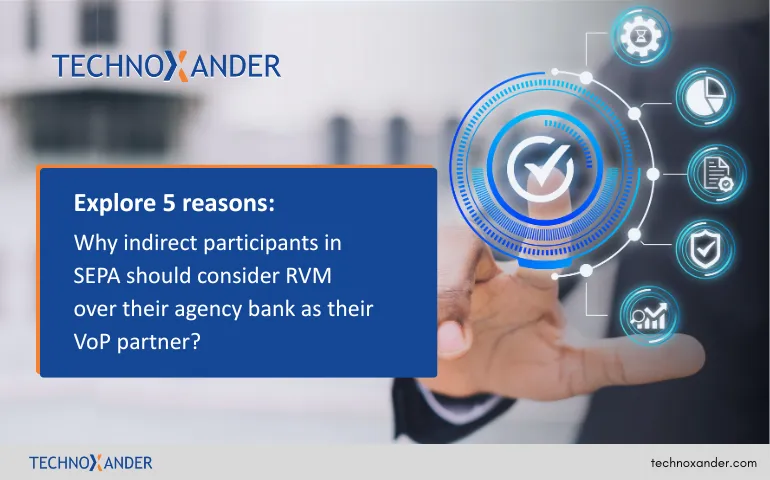Open Finance: Charting a new course
Open Finance is a portal to a monumental change in the financial services industry. It builds on the success of Open Banking where access to banking data is granted to Third-Party service providers through an API. It is access to financial data beyond just banking.
Marie Walker – Open Futurist, our guest on the podcast eloquently describes Open Banking as moving from a glimpse through a keyhole to a panoramic view of the customer’s financial life. With more extensive access to complete financial data, there can be more informed and rapid decisions taken for a better pricing strategy on financial products and more inclusive solutions.
The Value of Open Finance
Marie is a staunch believer in the value Open Finance can deliver. At the core, it promises more transparency and better customer experiences. For instance, the traditionally inefficient process of buying a home can be made gravely more efficient through Open Finance.
By digitising and automating the exchange of financial data, several factors such as inefficiencies, risk and cost can be taken out of the process. Not only will decision-making be faster but also more secure and reliable due to the data points available.
However, according to Marie, there must be a cultural change in financial institutions for this value to be achieved. Small and midsize banks, for example, tend to look at their data as a competitive advantage and may be resistant to the openness that Open Finance requires.
These institutions must shift from a “protective” stance to one that data sharing can lead to innovation and better customer experiences.
Risk
Of course, this rosy scenario is not without its challenges and risks. One major hurdle is the regulatory environment which tends to dawdle with technological advances.
Marie also pointed out that companies leveraging new types of data to determine lending decisions will have to explain these methods to regulators who may not yet fully grasp or accept them. Hence, creating compliance issues and slowing down progress.
Furthermore, there is the issue of security of data sharing. With more data being shared across more platforms, potential risks of data breaches increase.
Thus, robust security measures and clear regulatory standards must be maintained to protect consumer data.
Technical Execution: Where do APIs play a part?
From a technical perspective, Open Finance relies heavily on the use of APIs (or Application Programming Interfaces). APIs essentially allow for a seamless and standardised exchange of data between different financial institutions.
This means that when different firms develop people’s desired services, those services can be integrated easily and efficiently. A service that doesn’t work or isn’t easily connected to other things is not something that actors want, and APIs allow for that kind of scalability which is inherently beneficial to customers.
Marie talks about Raidiam and how it’s building the trust framework which allows data exchange to happen securely and accurately.
Frameworks such as the one mentioned above are key to Open Finance’s success in the UK because they ensure the data’s integrity and confidentiality of the data being shared.
Has the UK been leading the way?
The UK has been a leader in Open Banking, and Marie is confident that it can stay ahead in the realm of Open Finance.
But as with all front-runners, there are drawbacks to being proactive. The cost of compliance with the CMA9 order has been high, particularly for the larger banks which incurred massive compliance costs. These costs have hindered adoption and with-it innovation.
Surprisingly, other jurisdictions such as Brazil have followed more sustainable models with self-funding ecosystems and reasonable usage charges.
This method could be both efficient and less costly for financial institutions. As the end of 2024 quickly approaches, there is hope that the UK will further improve its existing framework and increase the strength and resilience of its Open Finance offerings.
Marie also touched on an emerging trend where TPPs offer to pay for identity-checking services to gain access to customer data. This underscores the value of accurate and securely stored data but presents a whole new area of revenue for banks.
Open Finance: What lies in store for it?
Looking forward, we are left with a big question mark. How will banks that continue to operate traditionally cope with the dizzying pace of change in Open Finance? Will they choose to adapt and transform their business models, or will they dig in their heels and inevitably be trampled by progress?
Much is at stake and several opportunities lie ahead regarding innovation and enhanced customer experience.
So, with that, we’ll leave you with 1 question as we conclude this blog: Will cultural change in banking keep up with technological change, or will it remain a drag on innovation? Time will tell but rest assured – Open Finance is the new norm, and its impact will be profound.
As ever, thanks for joining us on “Unveiling Finance.” Stay tuned for further exploration of the future of finance and banking. Until then, keep questioning, keep investigating, and keep unveiling finance.










